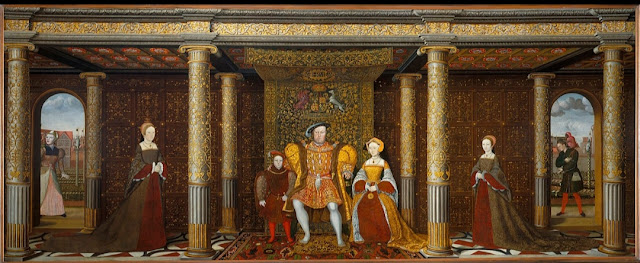Anglo-Saxon:A Brief History
Here are some facts about the Anglo-Saxons:
Origin
The Anglo-Saxons were a group of farmer-warriors from Germany, the Netherlands, and Denmark who sailed to Britain in wooden boats around 450 AD.
Tribes
The Anglo-Saxons were made up of three tribes: the Angle, Saxon, and Jute. The Angle and Saxon tribes were the largest, which is how they became known as the Anglo-Saxons.
Rule
Each tribe was ruled by a strong warrior who settled their people in different parts of Britain.
Alfred the Great
Alfred the Great is perhaps the most famous Anglo-Saxon king, ruling from 871–899. He united the Anglo-Saxons and defeated several Viking raids.
Anglo-Saxon period
The Anglo-Saxon period in Britain lasted from approximately 410–1066 AD. It was a time of cultural and linguistic flourishing, when Christianity was re-established, and charters and law were instituted.
Craftsmanship
The Anglo-Saxons were skilled craftsmen, making iron tools, knives, swords, brooches, beads, and ornaments.
Norman invasion
The Anglo-Saxon period ended in 1066 AD with the Norman invasion.
Reference guide for primary
Anglo-Saxon king with his witan. Biblical scene in the Illustrated Old English Hexateuch (11th century) Public Domain, https://commons.wikimedia.org/w/index.php?curid=396377
The Anglo-Saxon period
Jump to: Anglo-Saxons in Britain | Anglo-Saxon Kingdoms | Areas to examine | Key concepts & links
This resource is free to everyone. For access to hundreds of other high-quality resources by primary history experts along with free or discounted CPD and membership of a thriving community of teachers and subject leaders, join the Historical Association today
The Anglo-Saxon period in Britain spans approximately the six centuries from 410-1066AD. The period used to be known as the Dark Ages, mainly because written sources for the early years of Saxon invasion are scarce. However, most historians now prefer the terms 'early middle ages' or 'early medieval period'.
It was a time of war, of the breaking up of Roman Britannia into several separate kingdoms, of religious conversion and, after the 790s, of continual battles against a new set of invaders: the Vikings.
Climate change had an influence on the movement of the Anglo-Saxon invaders to Britain: in the centuries after 400 AD Europe's average temperature was 1°C warmer than we have today, and in Britain grapes could be grown as far north as Tyneside. Warmer summers meant better crops and a rise in population in the countries of northern Europe.
At the same time melting polar ice caused more flooding in low areas, particularly in what is now Denmark, Holland and Belgium. These people eventually began looking for lands to settle in that were not so likely to flood. After the departure of the Roman legions, Britain was a defence
less and inviting prospect.
https://commons.wikimedia.org/w/index.php?curid=396377


Comments
Post a Comment